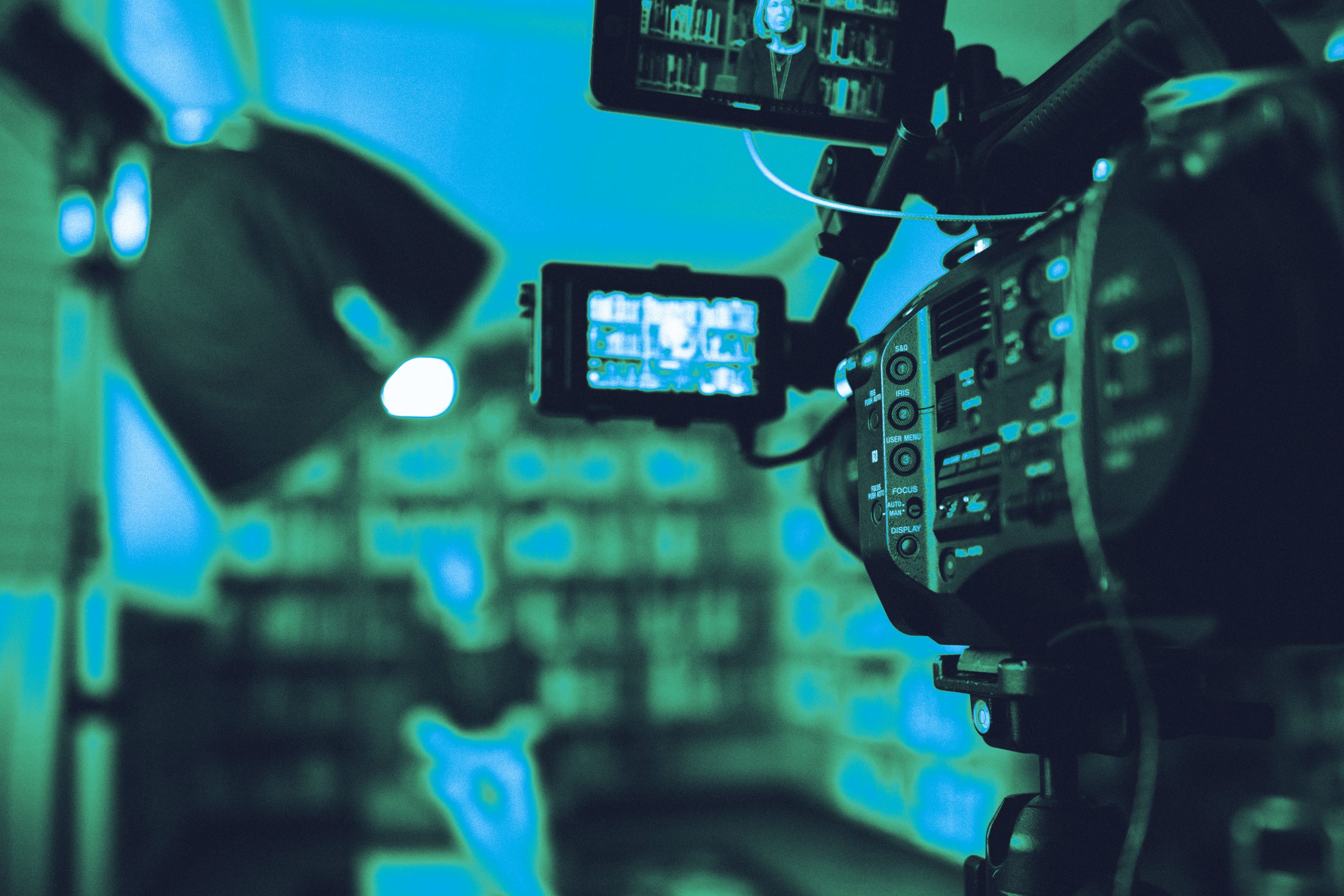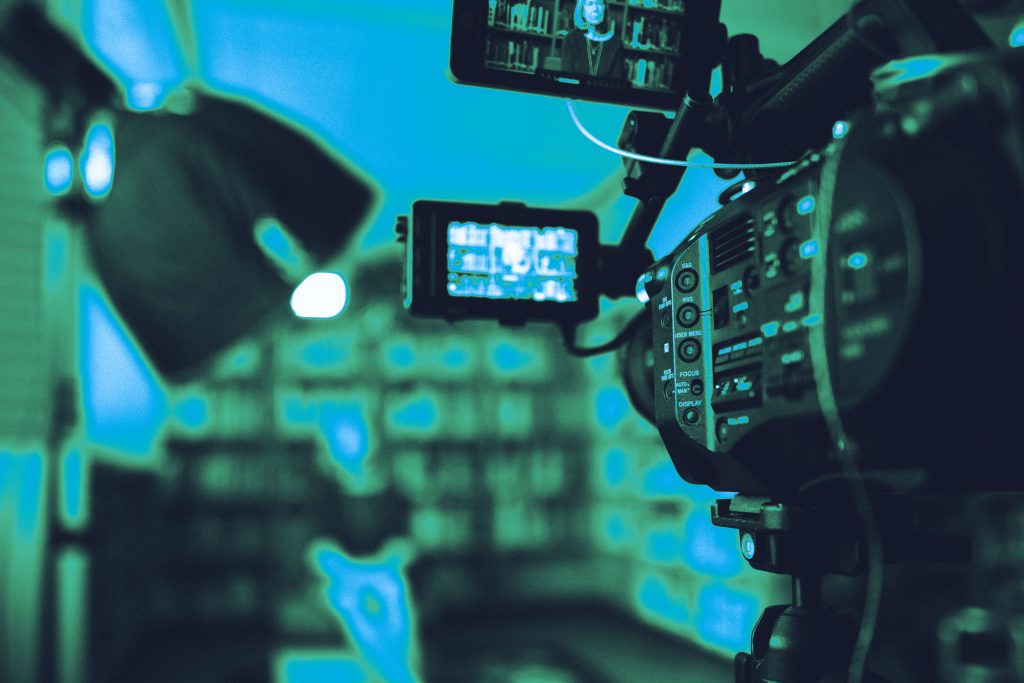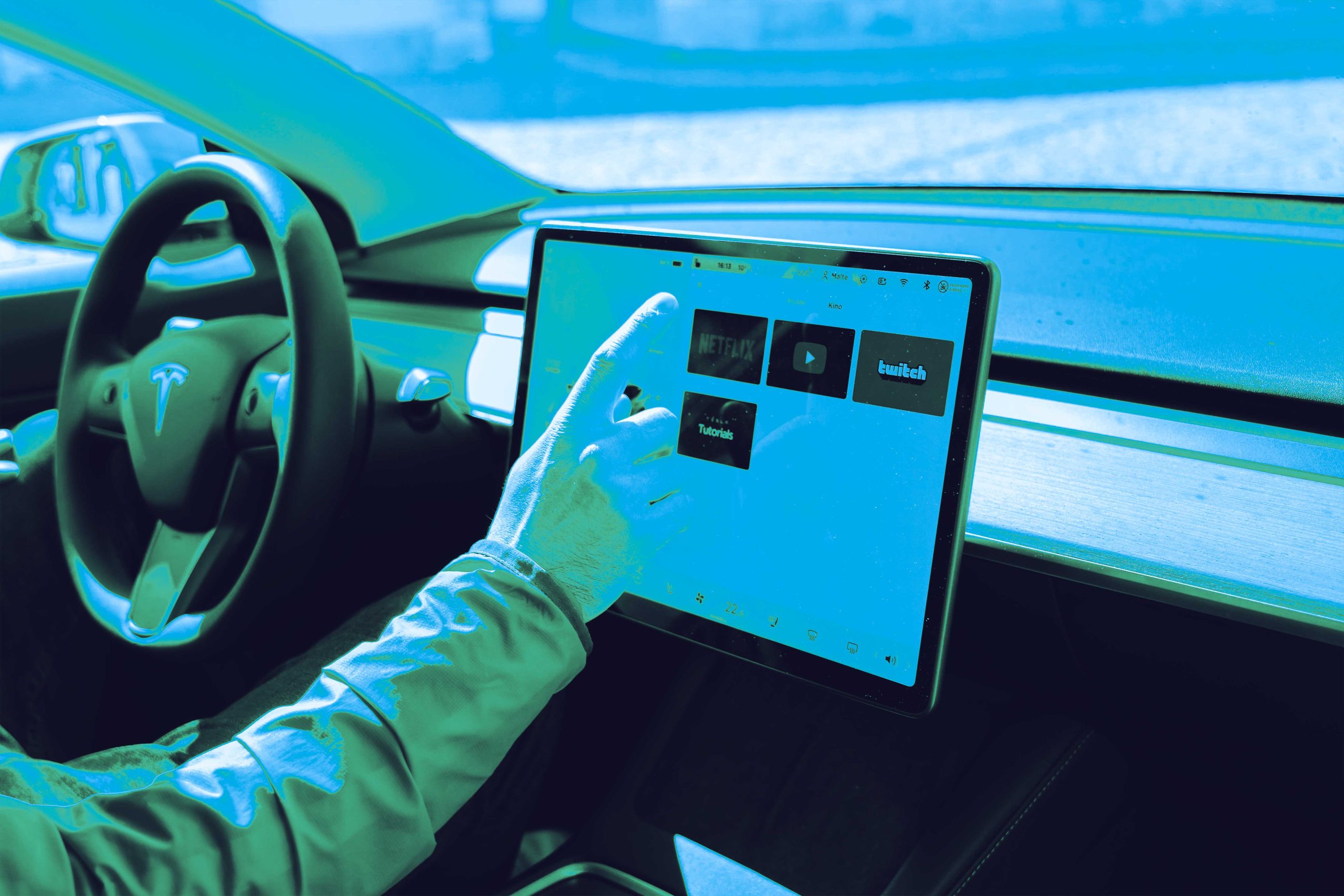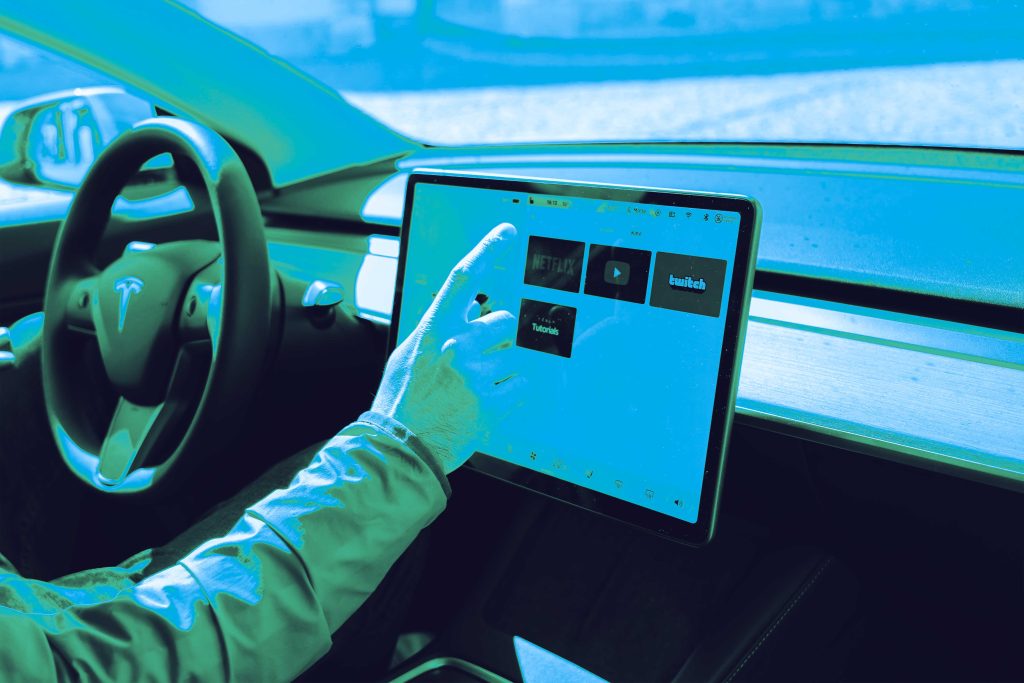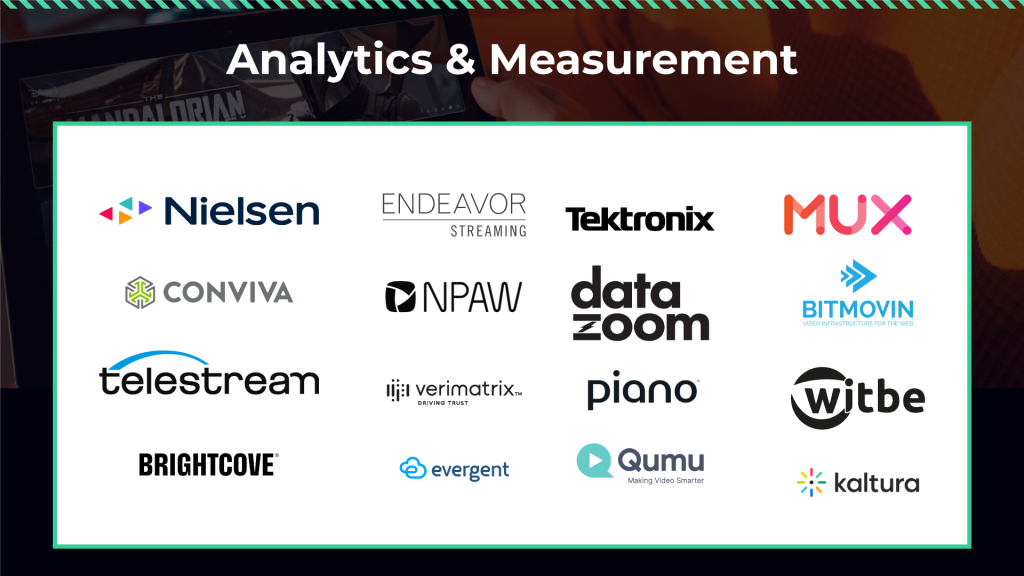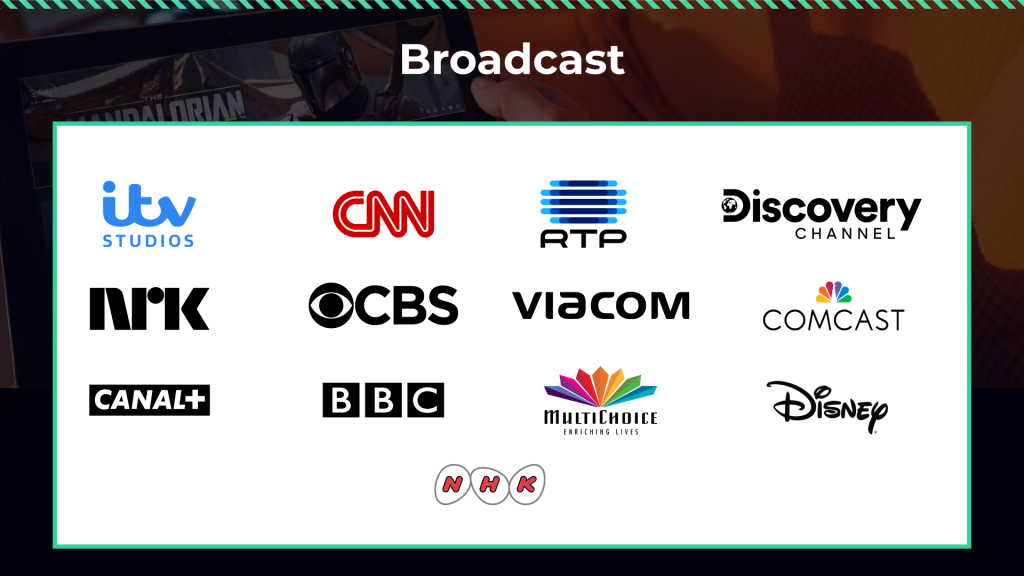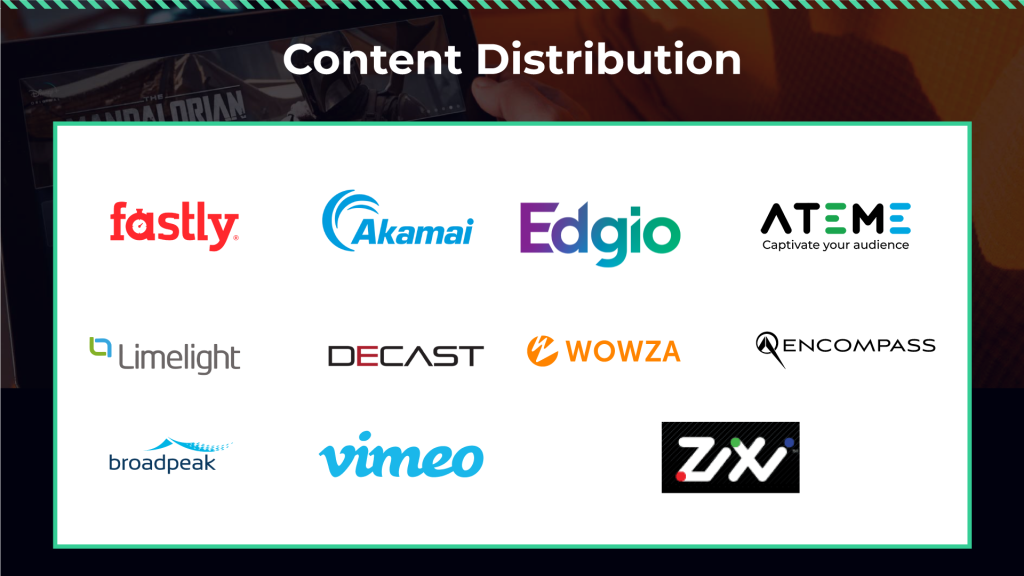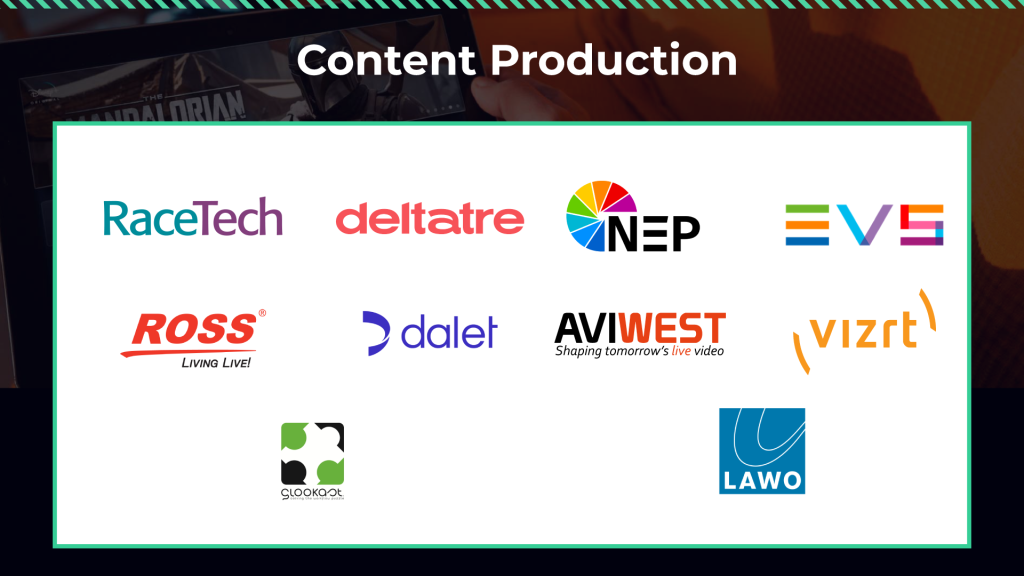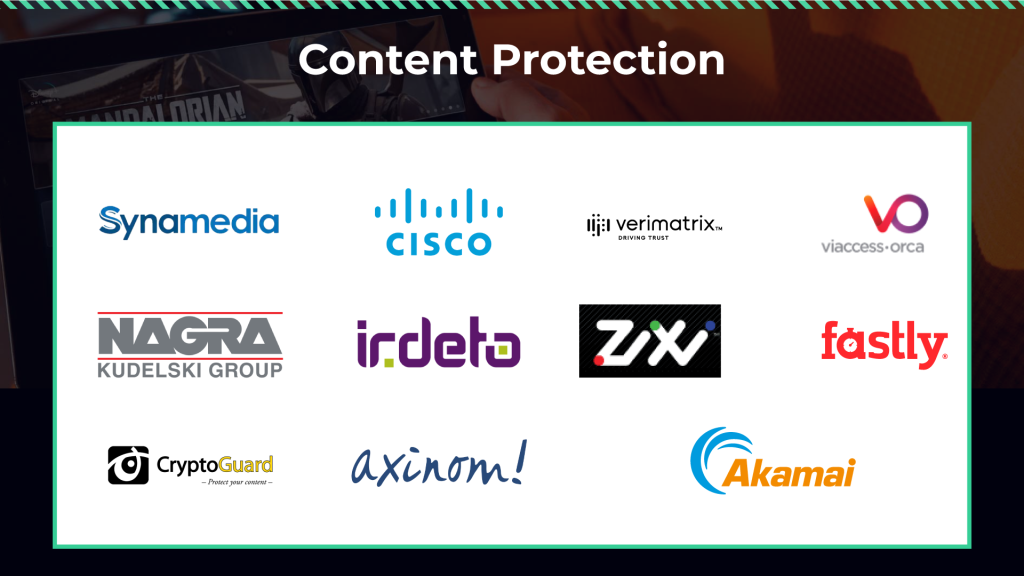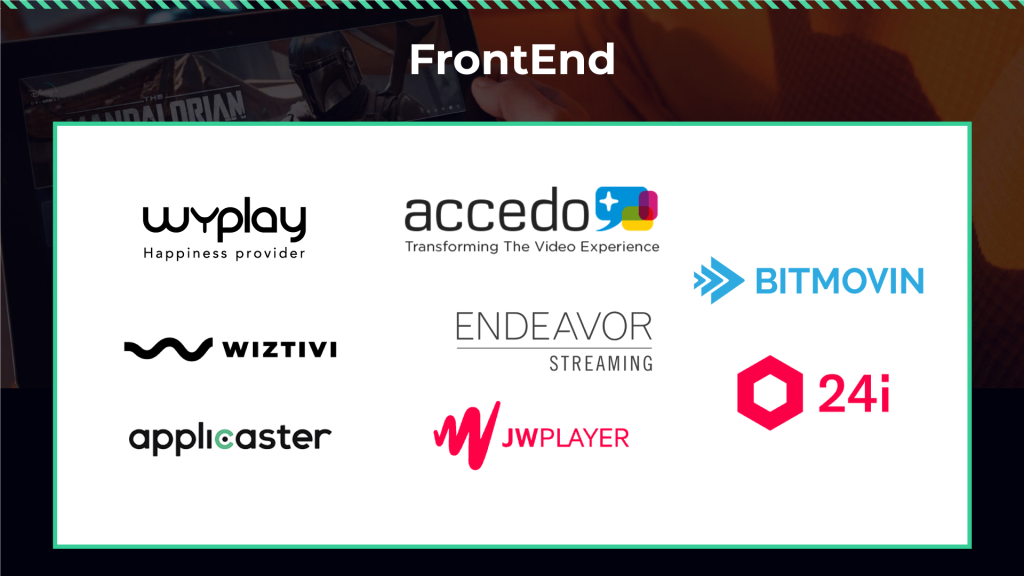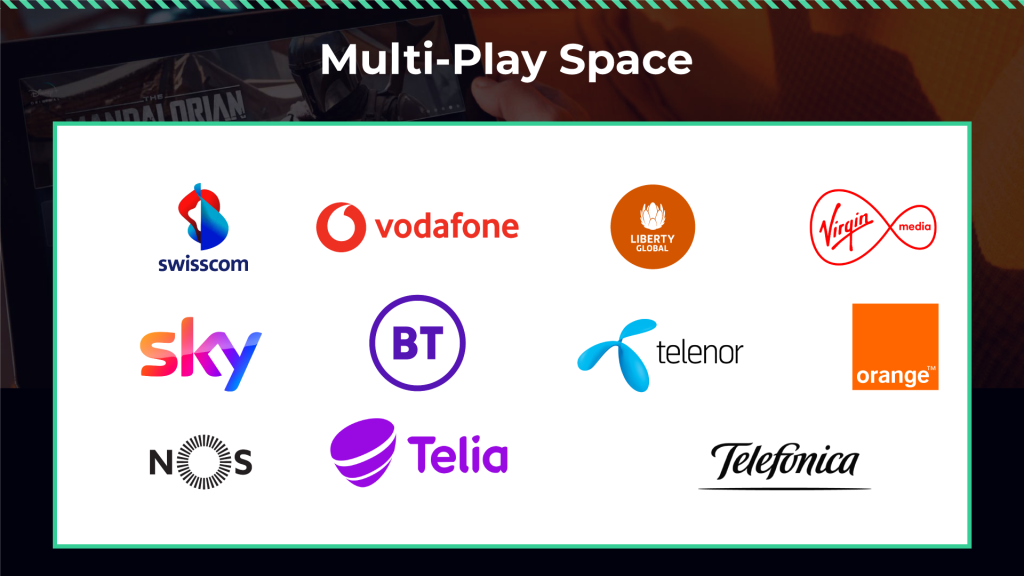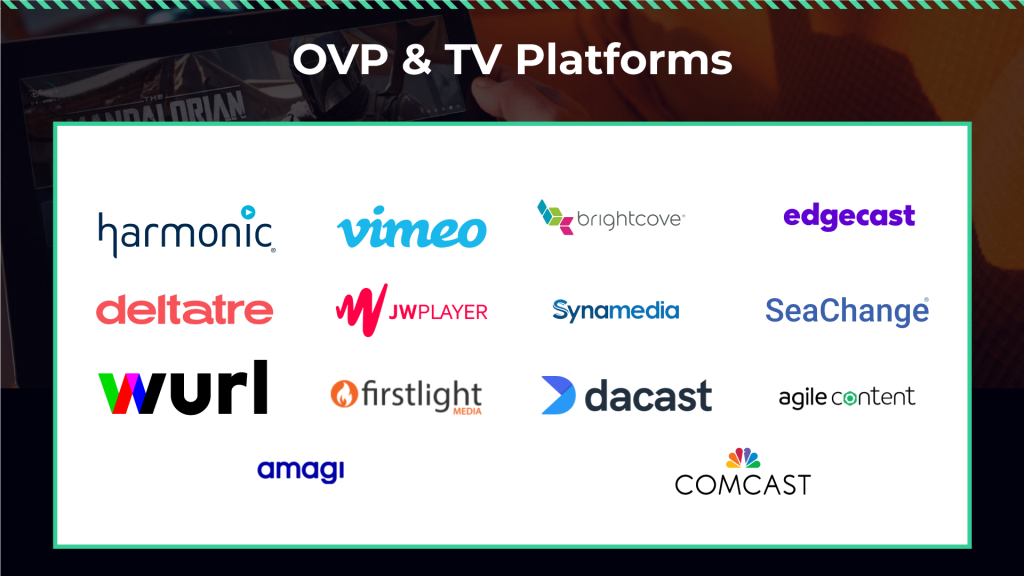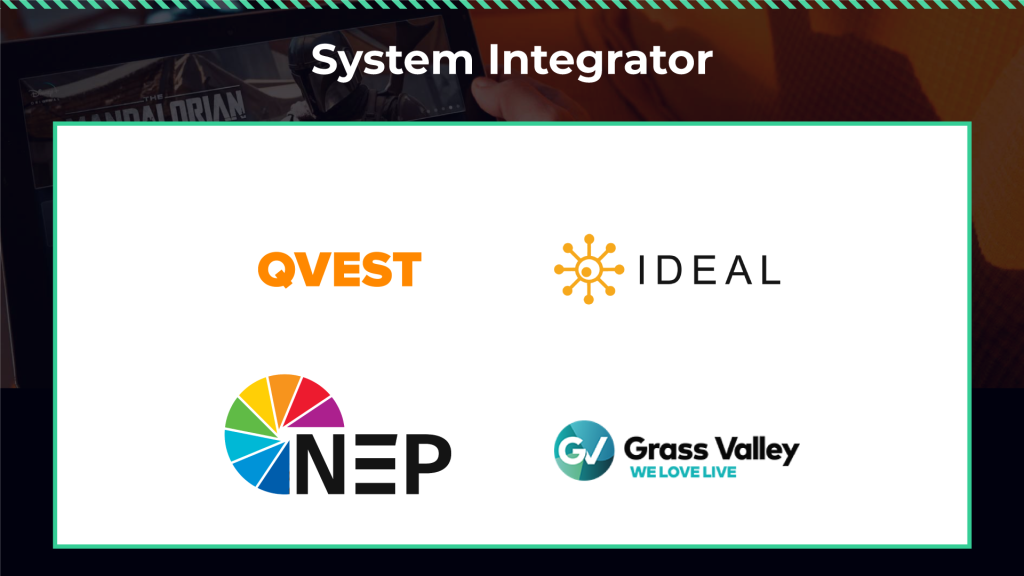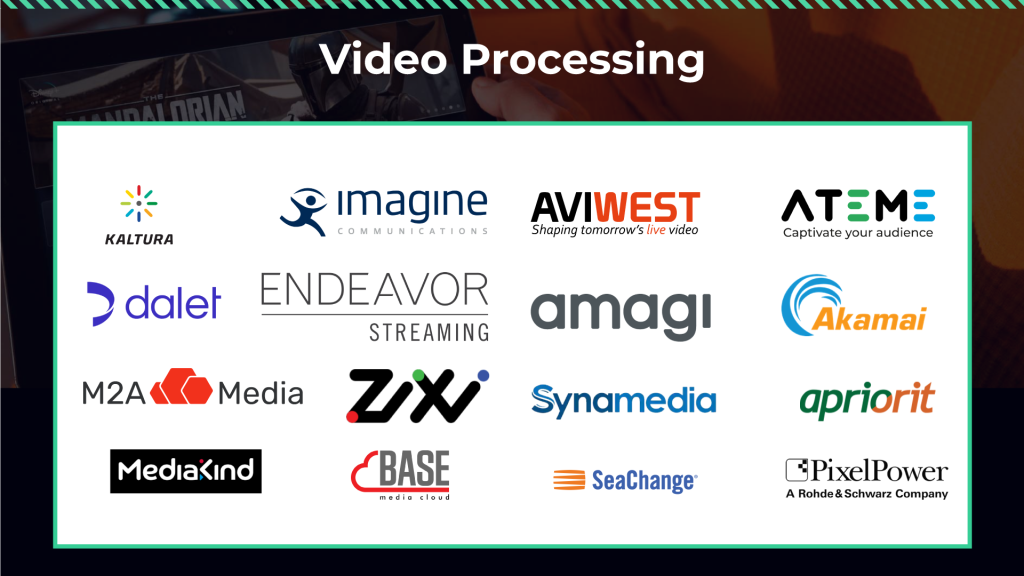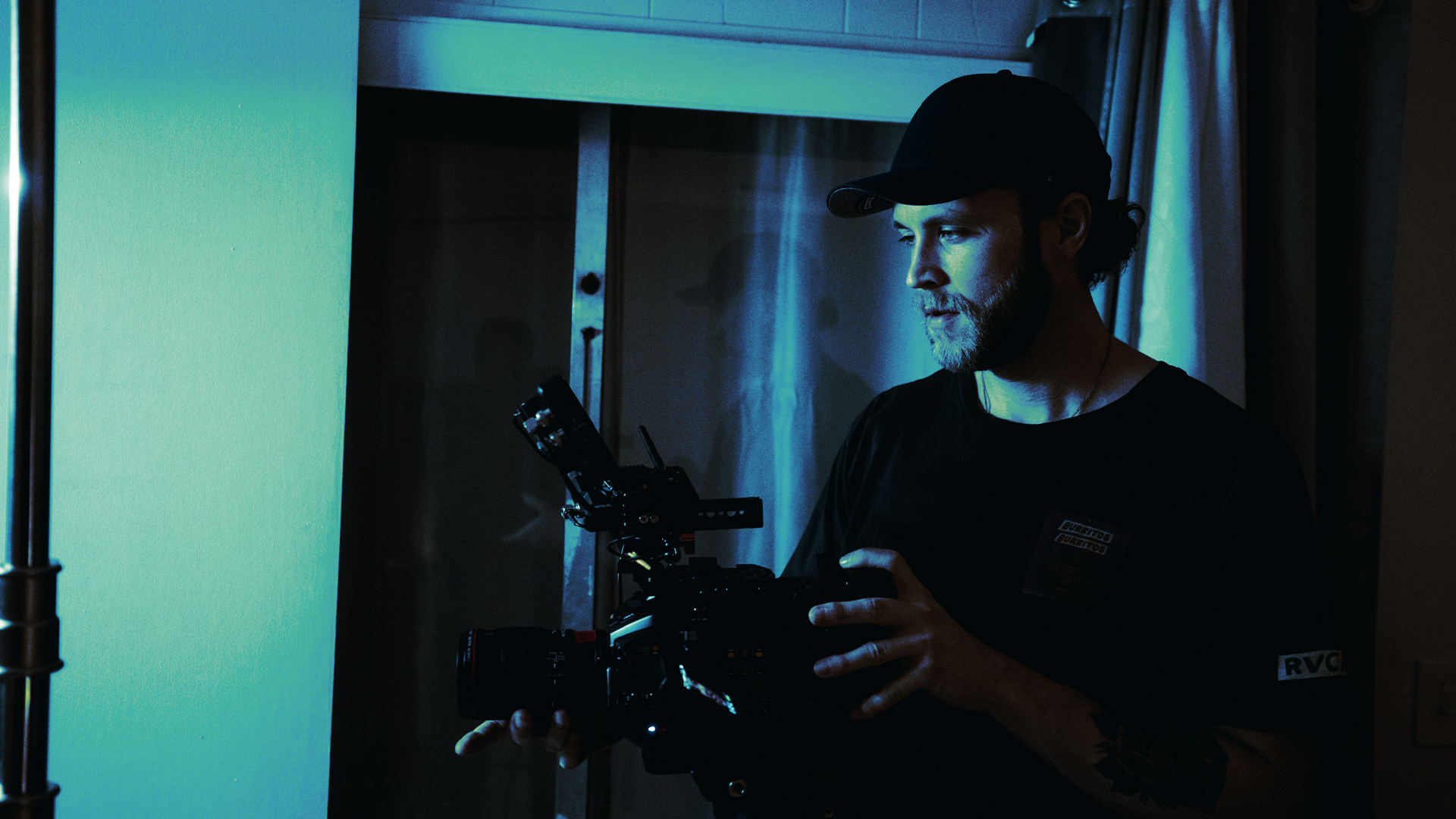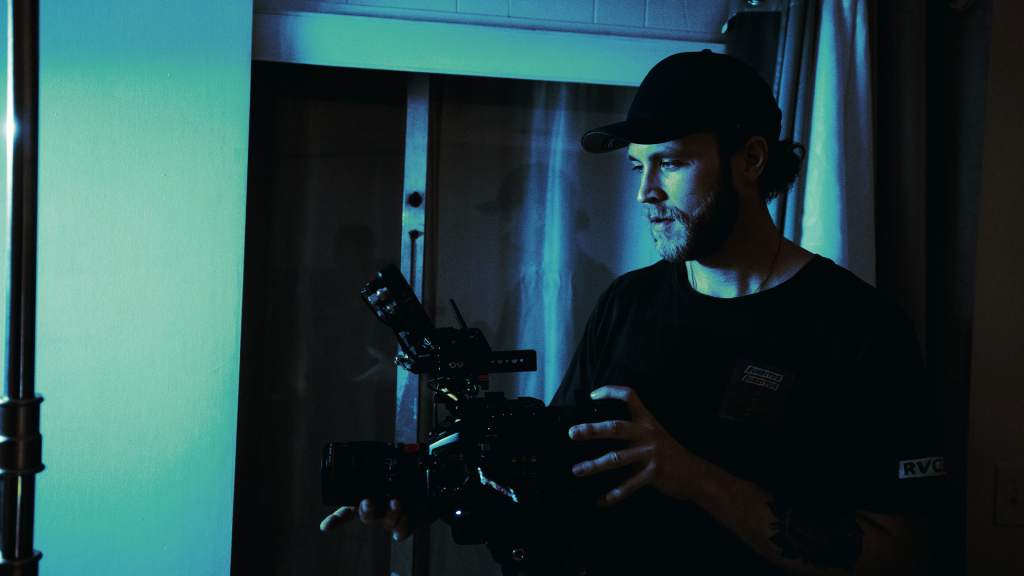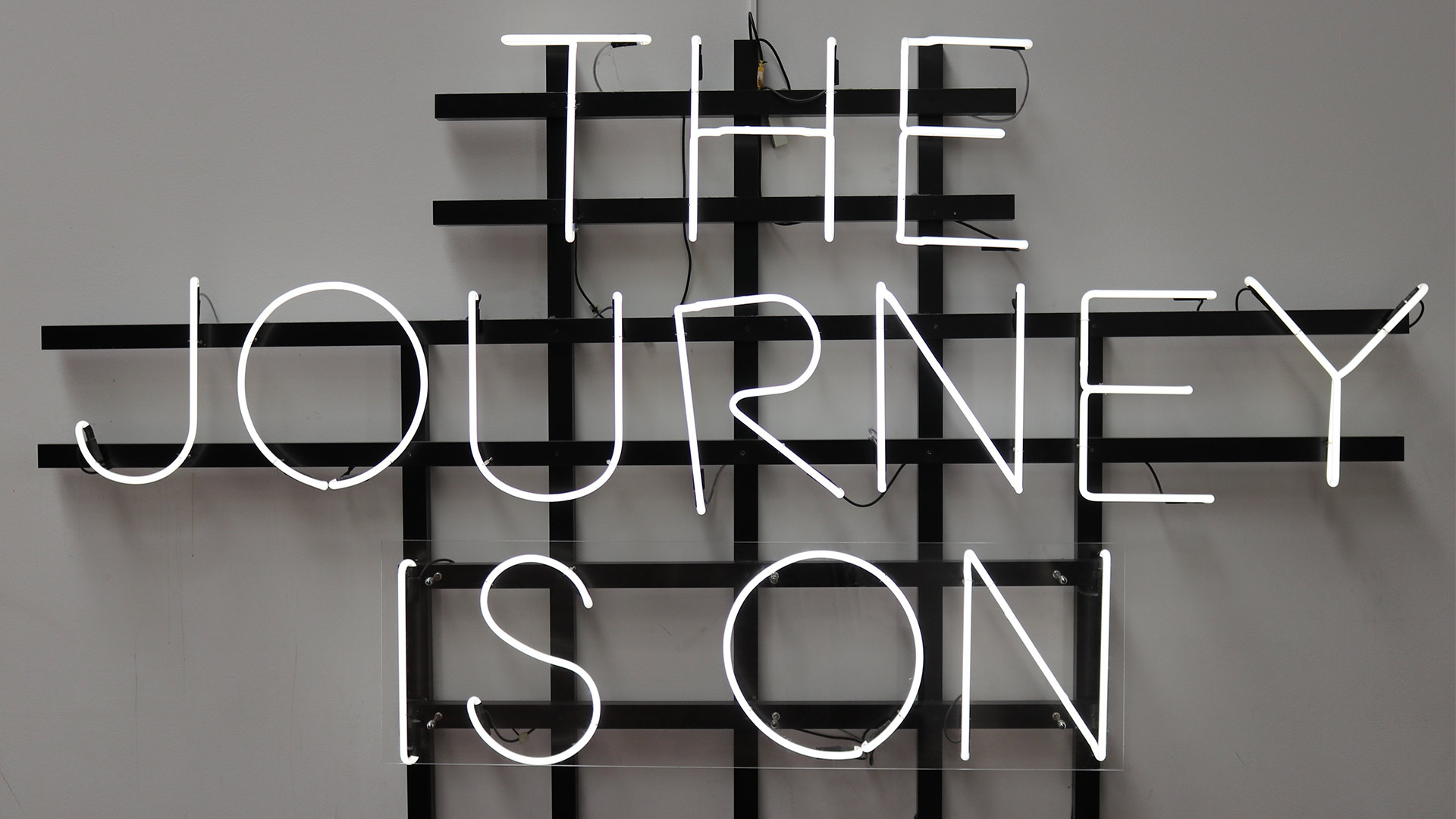The telco industry is making progress towards positive diversity and inclusion, particularly in improving gender equality. On Episode 18 of The Connectivity Matters Podcast we spoke with Anna Deppi, the Senior Manager and Co-Chair of the Italian Women’s Leadership Community at Red Hat, about her experiences as a woman in the field. She also shared her advice for companies and other women who are navigating the changing landscape of EDI in the industry.
Have there been any challenges that you’ve encountered as a woman in telco, and how did you overcome them?
I have found myself being the only female at the table or in the room at times. Sometimes you have to decide which battles to pick because you can’t win everything. You need to have your strategies in place. There were situations where I had to speak up, but you can do it in a gentle way. Understanding why things are said that way or what makes you uncomfortable is important. I’d advise everyone to ask ‘why?’. Sometimes you hear it wrong because we live in a very globalised world and we all use English in different ways, so sometimes things are not clear. Step up and speak up as well.
Also, educate yourself. I noticed that by educating myself and listening to other points of view that I didn’t agree with, I opened up my world. I also think the person on the other side is often feeling the same way. Be yourself. I talk a lot about authenticity because you need to learn how you want to do things. Picking some of those strategies and battles was a bit of a shift, but it made me feel at ease around these tables most of the time.

Have you got any advice for how organisations can make their company cultures more inclusive to improve retention?
What I’ve seen around me is that mentoring and sponsorship are very important. You might have a tendency to keep your thoughts to yourself, but you need to talk to others from time to time, particularly with someone who’s been there before. Mentoring also helped me see things and do things in a different way. I do suggest building a very strong mentorship programme because it’s such a good support for people who are very shy and who don’t know how to approach people. Having a schedule and regular meetings does help build a rapport, and people get more out of it.
You also really need to start talking about equal pay. In some countries it’s mandatory, but you have to have this conversation because it’s very important to maintain people’s motivation and work-life balance, because the problem the telco industry already has is a lack of skills, so we can’t afford to lose talented people. Sometimes people need to step away to recharge their batteries and be more creative. Creativity is super important in everything that we do, and breaking out of your routine can really help with that.
What one piece of advice would you give to someone who’s entered the industry and is struggling with diversity and inclusion?
Go and talk to schools because there’s so much that this industry can give to young people and vice versa. Like I said, education is so important because it helps you understand yourself and other people better while raising awareness of why things are happening. That’s very important in an industry that is changing so fast because we need to change fast as well to be part of that change.
To hear more from Anna, tune into Episode 18 of The Connectivity Matters Podcast here.
We sit down regularly with some of the biggest names in our industry, we dedicate our podcast to the stories of leaders in the technologies industries that bring us closer together. Follow the link here to see some of our latest episodes and don’t forget to subscribe.











